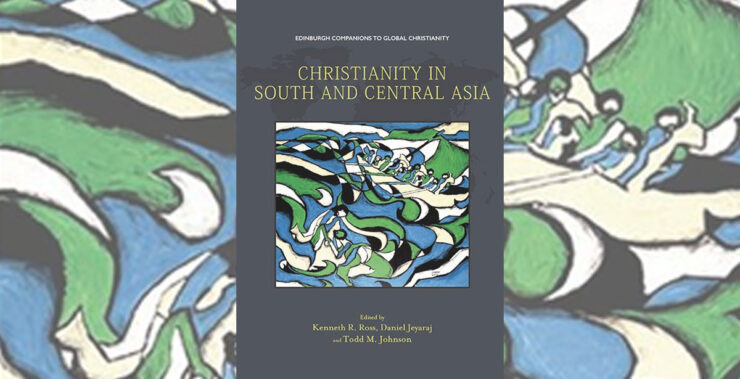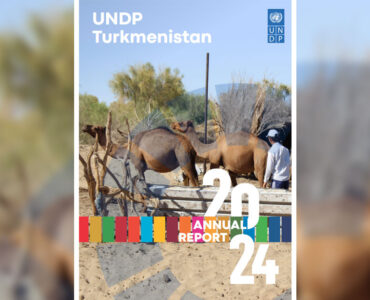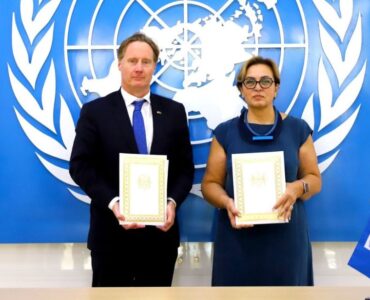The Turkmenistan chapter in the article Christianity in South and Central Asia, written in 2019 by Barakatullo Ashurov of Harvard University, examines the role of Christianity in Turkmenistan and how it has evolved throughout history to present day.
Early Christian Presence
The earliest material evidence of the Christian presence in Central Asia, from the third and fourth centuries, derives from Turkmenistan. The city of Mary in Turkmenistan (used to be ancient Merv) was the missionary gateway of the Church of the East.
The literary evidence of the evangelisation of Merv is known from the ‘Life of Barsabba.’ It was written in many languages, including Sogdian. The Sogdian fragment credits the pioneering bishop Barsabba with the foundation of monasteries in the areas of Fars, Gorgan, Tus, Abarsahr, Saraks, Marvrud, Balkh, Herat and Sistan, which indicates the cultural significance and strategic influence of Christianity in the region.
The activity of Barsabba is also known from the accounts of the Muslim polymath al-Biruni in the eleventh century, who, in his text on the calendars of Christians, mentions the commemoration day of Barsabba as a founder of Christianity in the region and indicates that Christianity was spreading in the area 200 years after Christ.
Christianity in Modern-Day Turkmenistan
Today, Christianity is a minority religion. Russian orthodox Christianity is the ‘majority-minority’ community in Turkmenistan, primarily centered among the local-born Russian-Turkmen mixed-raced or Russian and other European ethnic communities. There are 12 Russian orthodox cathedrals, four of which are in the capital city, Ashgabat, and the others dispersed throughout the country.
After the Russian orthodox Church, the next most numerous group is the Evangelical Baptist churches, with a high concentration of their members being found in Ashgabat, Nebit Dag and Turkmenbashi cities. The central Evangelical Baptist Church in Ashgabat is the oldest of the Protestant congregations established in Central Asia. It was formed in 1890 by a group of deported Protestants. Evangelical Lutherans, mainly of German descent, have their own ‘union’ and at present have churches in Turkmenbashi and Jolyotene.
Although the constitution of Turkmenistan does not prescribe a state religion and basically provides for religious freedom, nonetheless religion remains government controlled, and most Christian groups are subject to systematic harassment.
Turkmen law, recognising that the majority of the population are Muslims, prohibits proselytizing, including the publication and import of religious literature. The process of establishing a legal Christian presence in Turkmenistan, by registering a church and securing the right to have literature and to practice one’s faith, is extremely difficult.
Today there are more than 2,000 Protestant believers in Turkmenistan belonging to officially registered Evangelical unions and significantly more believers belonging to unregistered churches. Despite the restrictions and difficulties, communities still meet for worship, although with great risk, and a number of international bodies are active in supporting Turkmen Christians.






